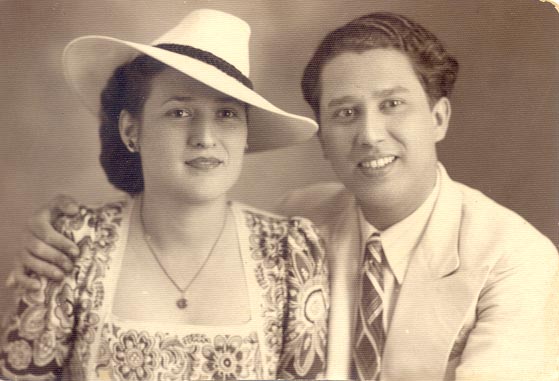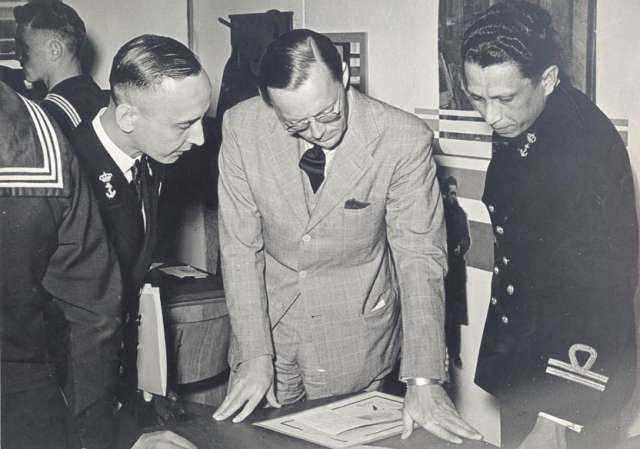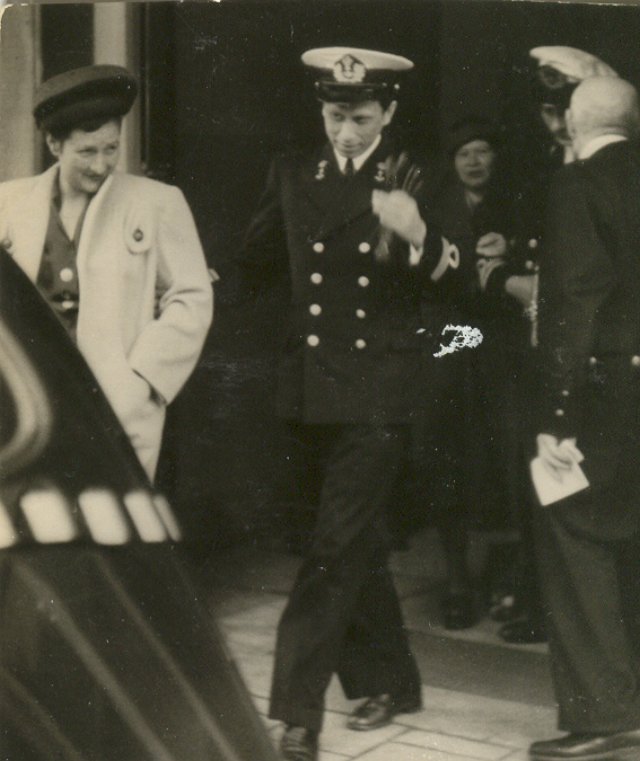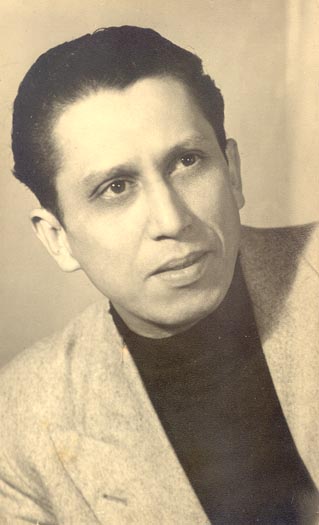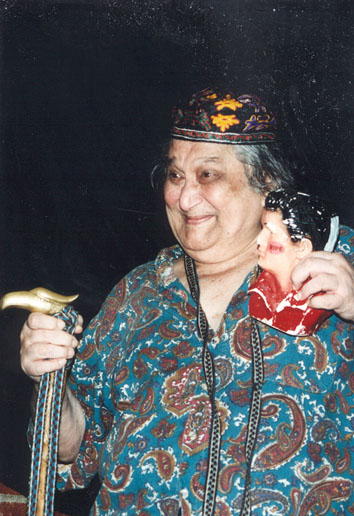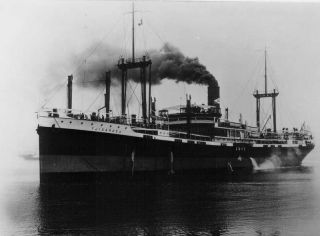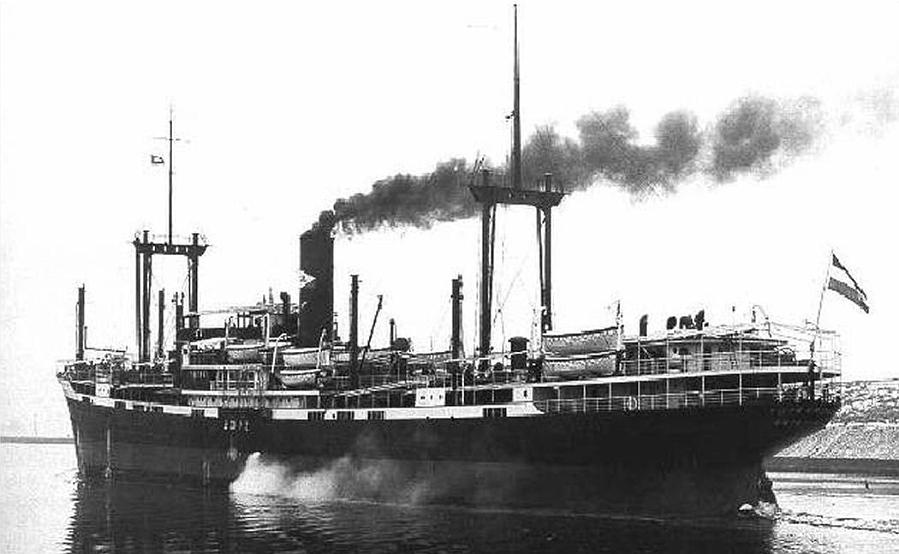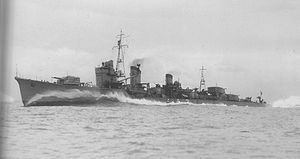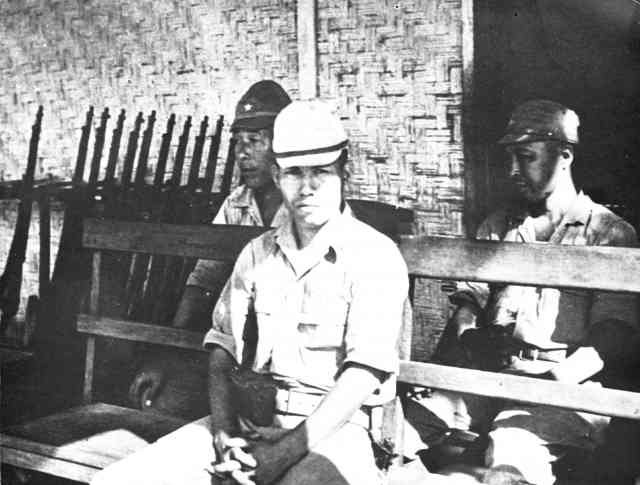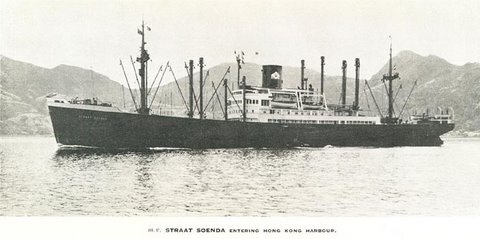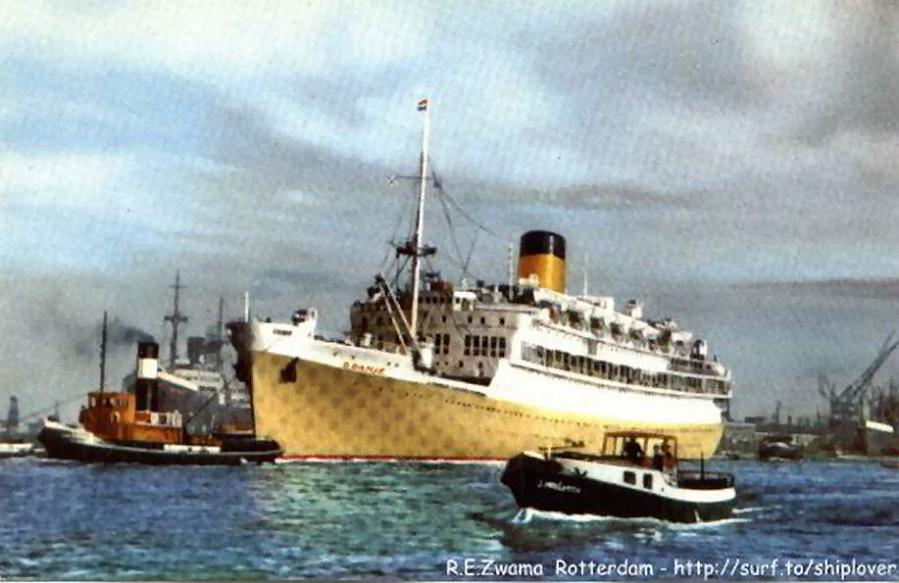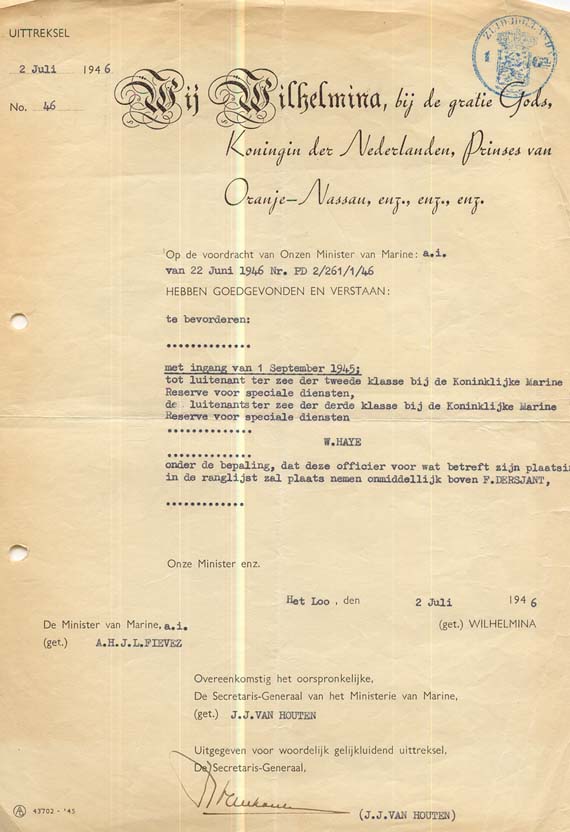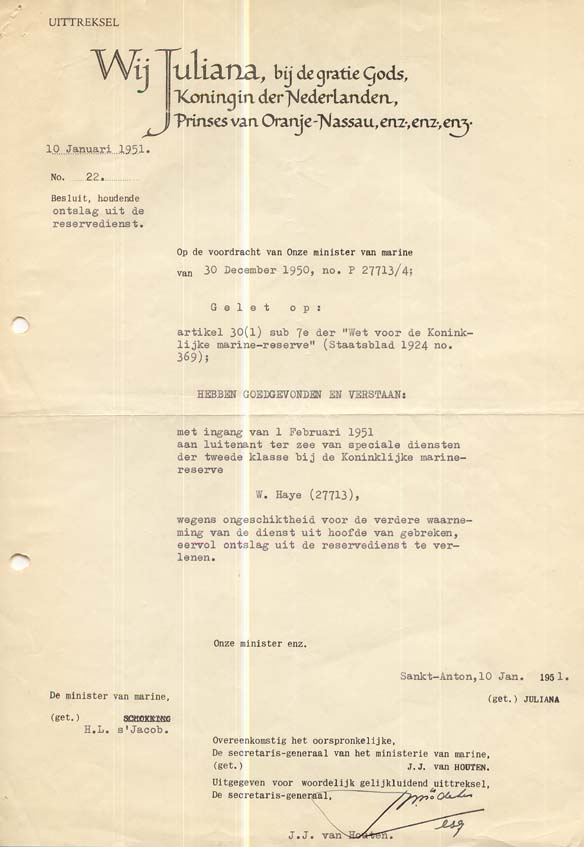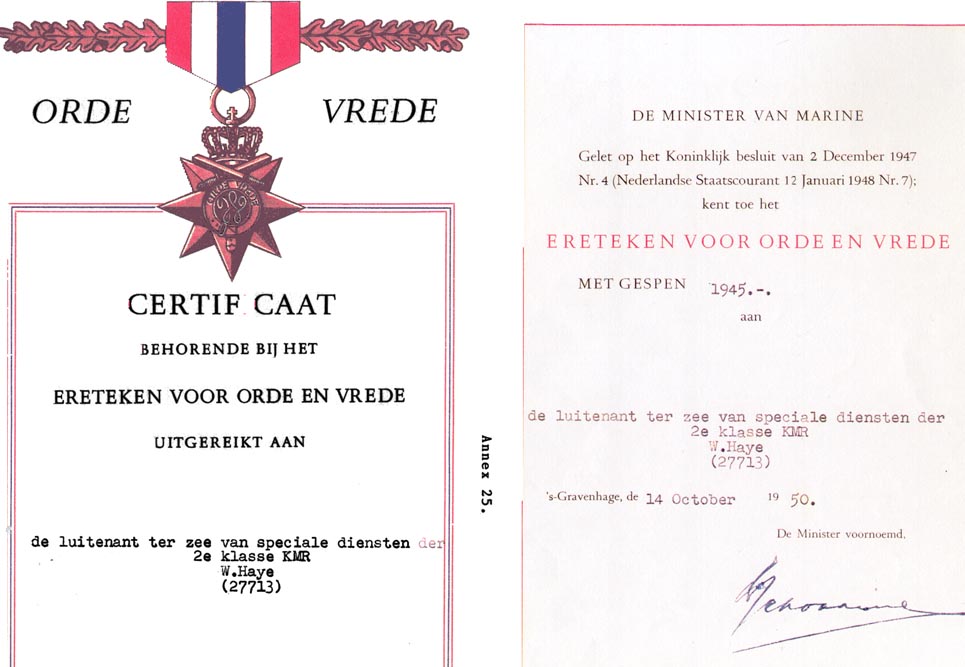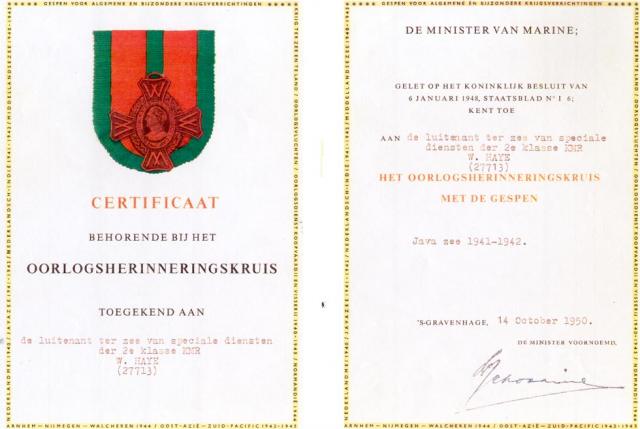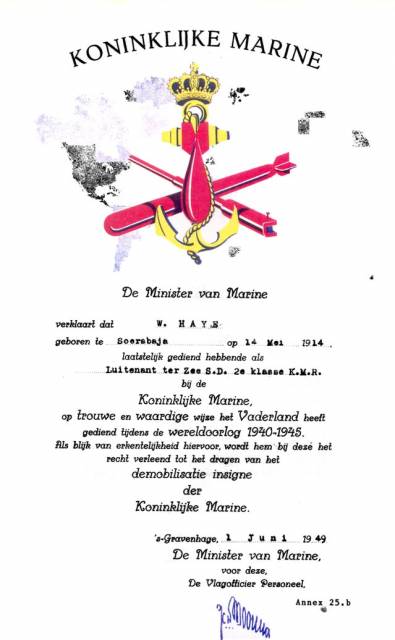|
Willy "Prul" Haye's tales to his son Jesse Haye In memory of my father Willy "Prul" Haye
at home on 26 February 1996,in Cloverdale, California | |||
|
Ilse Eureka Leonie Boon & Willy Haye
|
|||
|
HRH Prince Bernard of the Netherlands, with Lieutenant Willy Haye on the right. Circa 1948
| |||
|
| |||
|
Over the years Pappie told and retold me many stories of his youth in the former Dutch East Indies. In the early nineties, I persuaded him to retell some of them on tape. Now, almost twenty years later, I am in a position to share them with all who are interested. These stories are all in Dutch, cover a variety of subjects such as superstition, the spirit world, the occult, family, history and war. For those who knew "Prul" here are some stories you might have heard and surely some that are new to you. In any case, I am sure that you will enjoy them! Eleonora Smabers, widow of my late cousin Jan Haye, spend hours transcribing these tapes for future generations. I cannot thank her enough for the wonderful job! <
| |||
|
Prul's stories to his son tape 1 view PDF Prul's stories to his son tape 2 view PDF Prul's stories to his son tape 3 view PDF | |||
